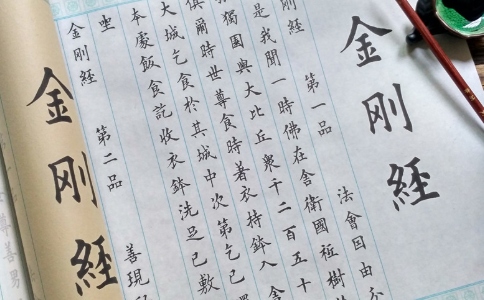
《Diamond Sutra is an important Buddhist scripture, full name is "Diamond Prajna ( bōrě)Heart Sutra of Paramita.Vajra refers to the hardest metal, which refers to bravely breaking through various levels so that one can practice and achieve enlightenment smoothly;Prajna is the transliteration of the word "Sanskrit";Polo means to complete (old translation: reaching the other shore);Honey means Wuji.The full name means that in accordance with this sutra, one can achieve the indestructible essence of Vajra, and practice to realize the essence of Buddha's path, and to complete wisdom from the three realms of desire, form, and formless realms (to reach the other side of the sea of suffering). That is, if all sentient beings in the ten method realms want to practice and achieve Buddhas and Bodhisattvas, and achieve supreme enlightenment, they must go through the true practice and realization of the Diamond Sutra, and then be enlightened.
《After the Diamond Sutra was introduced to China, there were six translations from the Eastern Jin Dynasty to the Tang Dynasty, and the Diamond Prajna Paramita Sutra was the most popular.Prajna is a transliteration of Sanskrit, meaning to understand worldly and transcendental laws, perfect and perfect great wisdom.Vajra means that Prajna is as sharp as Vajra, which can eliminate all troubles and prejudices in the world.Paramita means transcending life and death and achieving liberation.The meaning of the title of the sutra refers to the invincible wisdom of Vajra, breaking all troubles and attachments, transcending life and death to achieve eternal happiness.
《There is no word emptiness in the entire text of Diamond Sutra, but the wisdom of emptiness is discussed throughout the article.It is generally believed that the first half says that sentient beings are empty, and the second half says that the Dharma is empty.At the beginning of the scripture, Subhuti, who is known as the best of the ten great disciples of the Buddha, asked: When sentient beings establish ambition to achieve the supreme and perfect Buddha enlightenment wisdom, where should they set their goal of their aspiration?If you cannot settle down in the center of the practice process, how should you subdue it?Even if you can calm your mind in the ultimate care, how can you overcome all kinds of misunderstandings and anxiety about gains and losses in the process of moving towards your ultimate goal?The Diamond Sutra revolves around the Buddha's answer to this question.
1、The whole scripture:
Deliver the great heart of all sentient beings.In Sanskrit, Buddha means enlightened.Hinayana takes self-consciousness as its ultimate goal, while the Mahayana Bodhisattvas must not only be self-conscious, but also be aware of others. Therefore, their ultimate goal is to be in the vast realm of achieving Buddhahood with all sentient beings.According to the philosophy of Buddhism, the basic dependent origination theory of all things formed by conditional relationships do not have an absolutely unchanging entity (self-nature).Therefore, we must use the wisdom of emptiness to break the human distinction between ourselves, sentient beings, and Buddhas.Therefore, we must do our best to save sentient beings, but we should not be attached to the great merits I have in helping sentient beings.Only those with a large mind can have a big picture and achieve great achievements.
2、Observe the reality:
All appearances are false.Reality is the reality of the world and the true nature of things.People always think of the object in their understanding, but think that the subjective conception of the mind is equivalent to objective reality, but in fact it has deviated from the reality of things.To observe the true form with Prajna, that is, to adopt a true attitude of being unable to stay, not cling to, or taking this name.Therefore, the Diamond Sutra says: All appearances are false;If you see all appearances that are not appearances, you will see the Tathagata.All Dharma appearances, even the image of Buddha and Buddha land, are expressed similarly by words and images to the reality, and are not the reality itself.The four famous verses at the end of the Diamond Sutra: All conditioned dharmas are like dreams, illusions, bubbles, shadows, like dew and lightning. You should make such observations, which can be regarded as the essence of a sutra.
3、Practical Sect:
The mind should be born without dwelling on anything.As mentioned above, only by not being attached to appearances and not being paranoid can we grasp the reality.Therefore, in practice, we should deal with all dharmas with an ethereal and free mentality.The Diamond Sutra uses donation as an example to discuss how to subdue the mind in daily life.There are three elements of giving (three wheels): I am able to give, the person who receives giving, and the property I donate.There are these three artificial differences in the hearts of ordinary people. Giving a qian of goods means thinking of merit for one qian of goods, so they give gratitude and calculate the merits accumulated in the dark.But in fact, you should give alms with the spirit of emptiness of the three wheels.The verse of the enlightenment of the Sixth Patriarch of Zen Buddhism: Bodhi has no tree, and the mirror is not a platform;There is nothing at all, where can dust be caused?This is originally nothing, which is the principle of "Diamond Sutra" that is free from appearances and has no attachments and has no gains in nature.
4、Middle Way Method:
The dialectical unity of emptiness and illusion.Emptiness is the truth presented by breaking all attachments to names and appearances, and is not nothingness that people misunderstand.Prajna thoughts are nothing more than just explaining the emptiness and illusion of existence, which is the method to correctly handle the truth of the world and the truth of the world.The nature of emptiness means that all dharmas have no real self-nature, so they can only grasp the true meaning without form or attachment.Illusion is a phenomenon that exists temporarily based on conditional relationships, so all dharmas arise according to circumstances on the basis of emptiness. This is the conventional truth.How to grasp the relationship between the two truths of truth and world, the Diamond Sutra says this: The Buddha said that Prajna is not Prajna, but is called Prajna.That is, the Buddhist teachings such as Prajna mentioned by the Buddha are authoritative and provisions at the written level for the purpose of saving sentient beings, and are not the true Prajna itself. When sentient beings enter the scriptures and thoroughly realize the Dharma, all names and appearances can be abandoned.
《The Diamond Sutra talks about the great wisdom of completely liberating the enslavement of the mind, which has had a profound impact on China's history and culture.However, due to the difficult words and profound thoughts of this scripture, it is difficult for ordinary people to fully and thoroughly understand its original meaning and value direction.Therefore, many ancestors of various Buddhist sects have given annotations and explanations on this in history, and the most popular one is the "Platform Sutra of the Sixth Patriarch" by Huineng of Zen.
《Diamond Sutra was written in ancient India in 994 BC (about the reign of King Mu of Zhou in China).It is the record of conversation between the Tathagata Buddha (the predecessor of Sakyamuni) and his disciples, elders and others in his life, and is recorded by his disciple Ananda.At present, in the history of Chinese Buddhism, there are six original translations of the Diamond Sutra (all stored in the Tripitaka), namely:
1、Translation of the Master Kumarajiva of the Sanzang of Yao Qin
2、Translation of Bodhi Liuzhi of Yuanwei
3、Translation of Chen Zhendi's Tripitaka
4、Translation of Sui Gupta
5、Translated by Xuanzang of Tang Dynasty
6、Tang Yijing Translation
1、Sudden enlightenment: Once you hear the Dharma, you will know that the five aggregates are originally empty and the six dusts do not exist. You will immediately become enlightened and understand the great way.(Represented by the Sixth Patriarch Huineng)
2、Gradually enlightened: By understanding from faith, understanding through action, and experiencing through action. In order to gradually practice, you can also be enlightened.Although the sudden and gradual difference is different, it is the same when it reaches the other shore.(Shenxiu is a representative figure)
3、Sutra: The word "Sutra" is used as a metaphor for a path to practice.
4、Tripitaka: It refers to the sutras (the teachings and scriptures spoken by the Buddha), the vizhan (the precepts and scriptures spoken by the Dharma, as well as the sutras explained by the Bodhisattvas after the Buddha's death, and the scriptures that debate Dharma appearances).
1900In 2019, a beautifully printed Diamond Sutra was found in Mogao Grottoes in Dunhuang. The last title of the scripture was the words April 15, 2009.The ninth year of Xiantong in the Tang Dynasty was 868.This "Diamond Sutra" sample is made of 7 printing sheets and is about 1 zhang and 6 feet long. The graphics and text style are solemn, the printing ink color is clear, and the engraving knife technique is the earliest known print in the world with a clear date of publication.This "Diamond" paper is also called the earliest book in the world by the British Library.This sutra was originally housed in the 17th Cave of Dunhuang. It was stolen by the British Stein in 1907. It was once hidden in the British Museum in London, England and is now in the British Library.
Woodblock printing is the earliest form of printing that appeared in China, and may have appeared about 2,000 years ago.The first step in woodblock printing is to make the original.Then reverse the original manuscript and spread it on a flat large wooden board and fix it.Then craftsmen of various technical levels carve the originals on the wooden boards painted, painted or written. Master carving workers are responsible for the fine parts, to carve cheaper wood or less important parts with less talented craftsmen.The board is then brushed with ink and pressed into a printing press to form a copy of the original.In some methods, woodblock printing is better than cast movable type.For example, when languages like Chinese have a large character set, woodblock printing will be cheaper when it is initially invested.This craft also has more freedom to draw artistic painting, such as drawings and diagrams.However, the printing plate is not durable and quickly damaged during printing use and needs to be replaced continuously, which limits the possibility of large-scale printing.
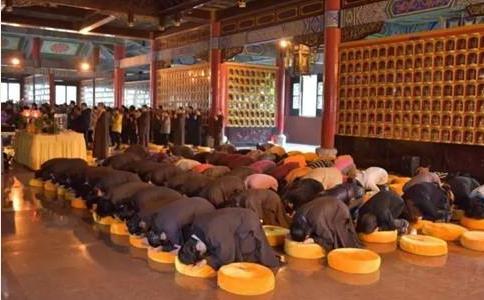

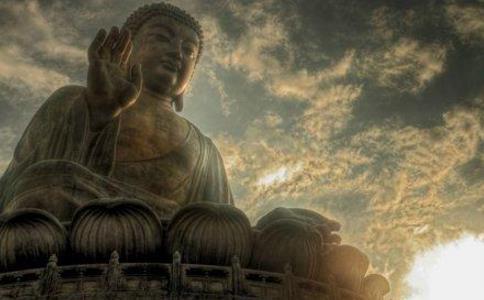

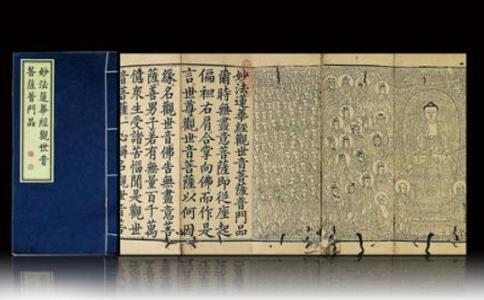
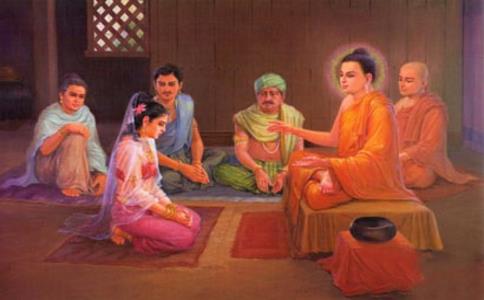
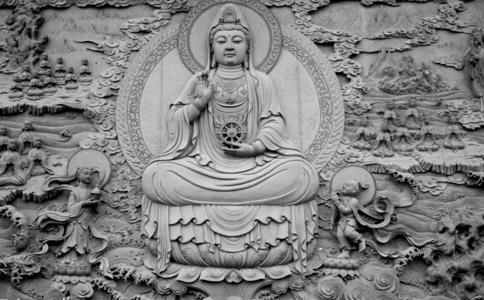
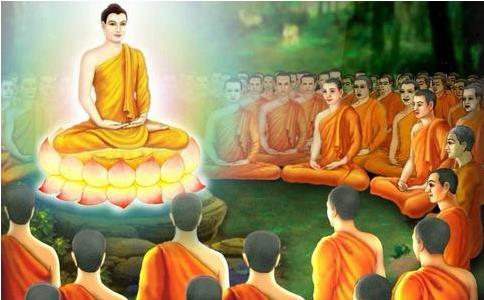
statement The theme of this website is mainly to promote vegetarian culture. The content is for reference only. Learning and communication does not represent the concept of this website. If it is unintentionally infringed on your rights (including /picture /video /Personal privacy and other information) Please write to inform us. When this website receives information, it will immediately block or delete the content about you. Contact information:Click to contact us
Scan the QR code to share on WeChat or Moments